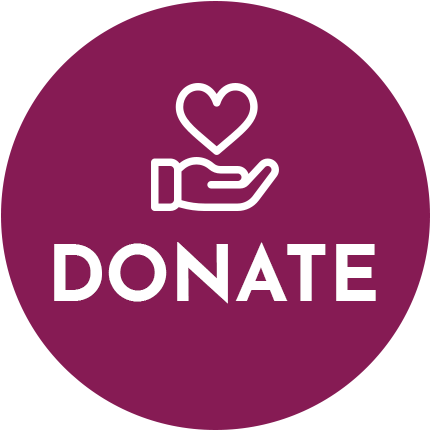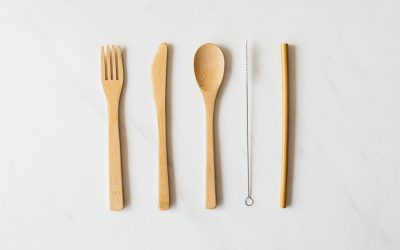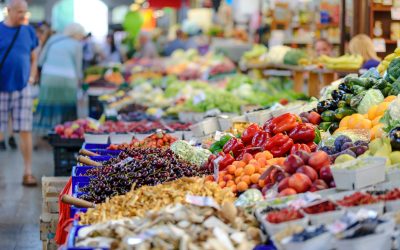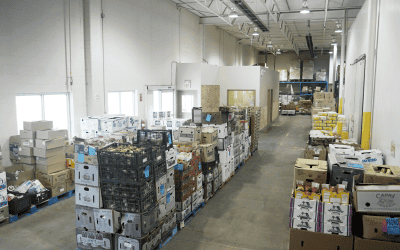Editor’s Note: Food waste isn’t just a Canadian problem – it’s a global issue with devastating impacts on climate change and hunger. All over the world, countries struggle to ensure good food ends up on plates instead of landfills, and many have developed unique strategies to face this crisis head-on.
In the next few months, The Harvest Journal will explore food waste policies around the world and highlight what different countries are doing to prevent and reduce waste, build more sustainable and resilient food systems, protect our planet and finally put an end to food waste.
There are few countries where food waste is processed on a larger scale as in Korea. In 2005, the government banned throwing food waste to landfills before implementing compulsory composting nationally in 2013. By 2019, a whopping 95% of Korea’s food waste was converted into fertilizer, biogas and animal feed. What’s behind the success of this system that has become a model for many in the world to follow?
An integrated and well-executed policy
Overall, Korea has an integrated and well-executed policy involving a balance of financial incentives, public participation and noncompliance enforcement. Investments in supporting infrastructure reflect the government’s priority and commitment to tackling waste.
The efficient waste management system goes together with awareness and education campaigns to tackle food waste at the source. For example, restaurants are encouraged to serve fewer and smaller side dishes to reduce leftovers from a typical traditional meal, while bars offer different menus for standard and small food quantities. By keeping track of their monthly garbage collection bill, people become mindful of their consumption and adjust their habits accordingly.
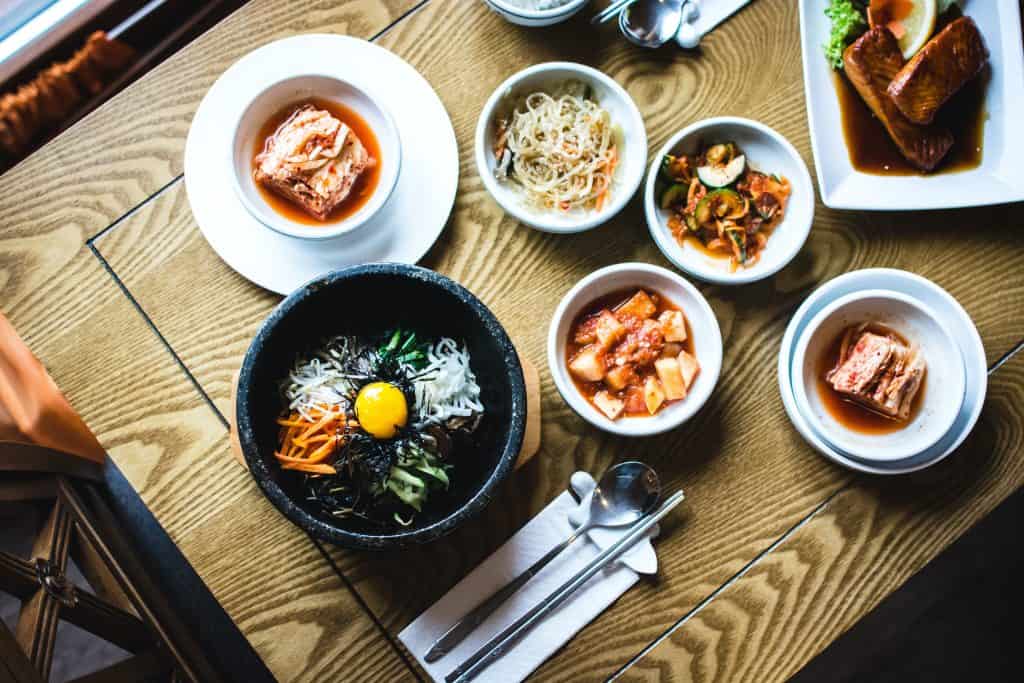
A circular economy
The Korean government subsidizes public recycling facilities that convert food waste into feed, compost or biogas, reducing the environmental impact of its disposal.
In a Seoul suburb, biogas recycled from liquid food waste is used to heat 3,000 homes in the area. Meanwhile, solid scraps are processed into nutrition supplements for livestock—this saves money and farmland needed to grow crops for animal feed. Fertilizers made from food waste are given away to support farmers and urban farm initiatives.
A tax on food waste
Korea practices a “Pay-as-You-Waste” scheme, where residents are charged based on the weight of their food waste. An average four-person family only pays around $6 per month.
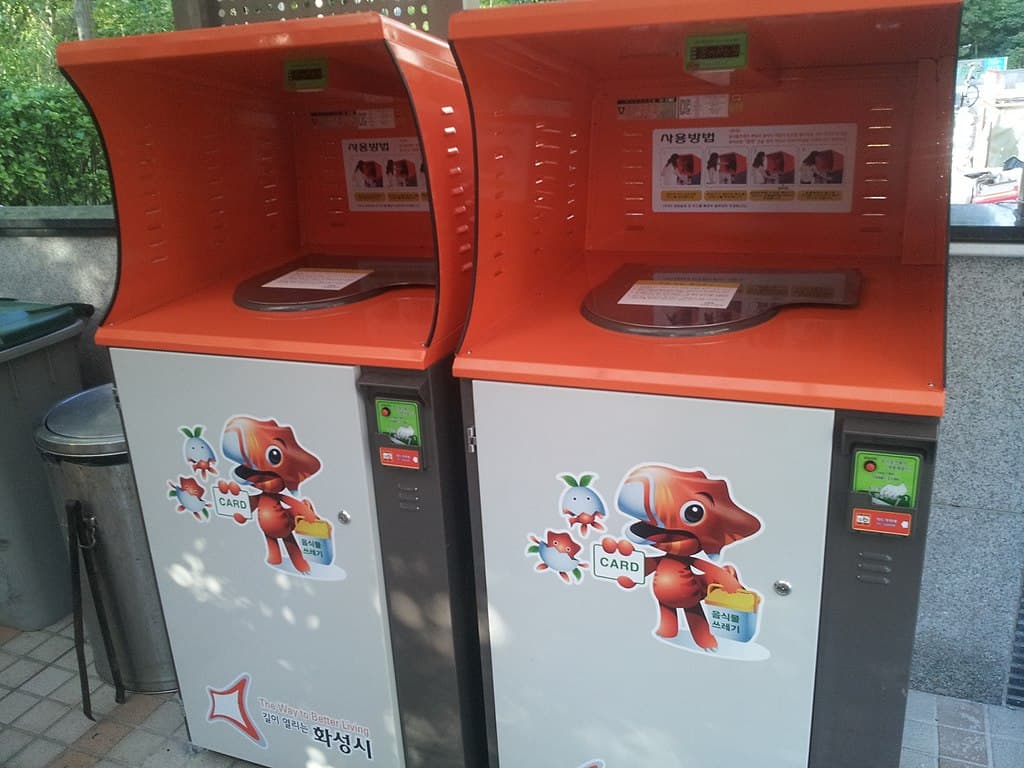
How to dispose of food waste in Korea
- In biodegradable bags: You can only dispose of food in designated bags sold in grocery stores in different sizes and prices.
- Stickers: Purchase food waste stickers in grocery stores and attach them to specific bins distributed by the government when you throw out your food. The garbage collectors will not empty the bin if they don’t see the stickers.
- Radio Frequency Identification (“RFID”) technology: Bins installed with an electric scale and RFID weigh food waste as it’s deposited. The bin will only open if a person scans their household identification card. At the end of the month, they will be informed of the charges.
As nearly 80% of food waste is moisture, households are encouraged to squeeze out the liquid before depositing their waste to reduce its weight. This also helps the city save on transportation costs.

